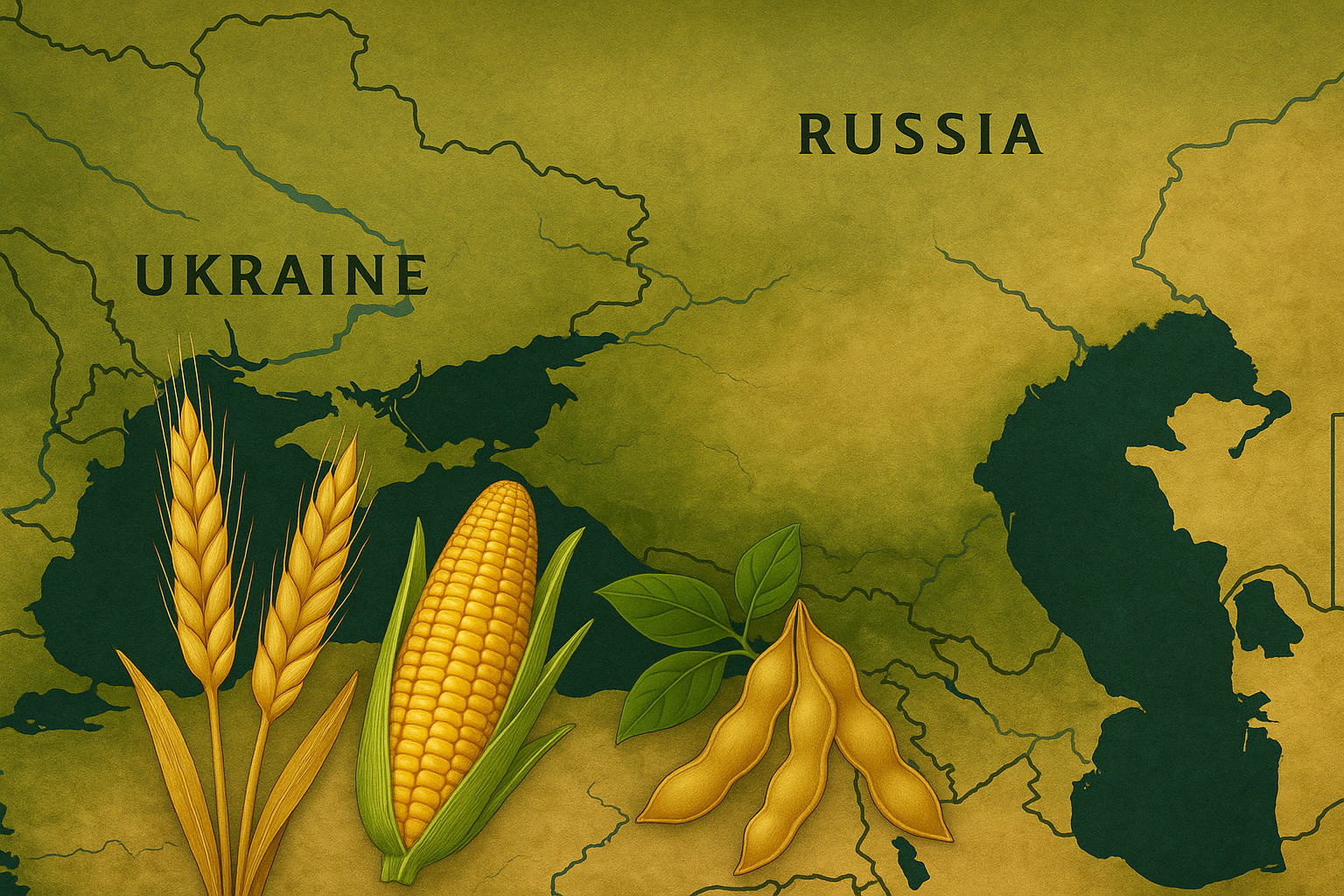The Black Sea grain market closed the week with a sharp divide between strong wheat harvests and catastrophic losses in spring crops such as corn and sunflower. The region continues to be buffeted by climate extremes, weak trade flows, and new policy shifts, leaving producers under mounting pressure.
In Bulgaria, the heart of the crisis is Dobruja, where sunflower harvests have opened with yields between 80–180 kg/da, nearly 50% below last year. Average forecasts stand around 150 kg/da, confirming a devastating downturn. Corn is faring even worse: many areas are expected to be written off as total losses, with estimated yields of just 100–150 kg/da. Farmers describe corn cultivation as “economic suicide” without irrigation, with four consecutive years of drought and extreme heat decimating profitability. Wheat brought some relief, with average yields rising 2% year-on-year, but lower purchase prices mean profits cannot offset heavy losses from spring crops.
Ukraine is also struggling. By late August, only 0.3% of sunflower and soybean areas had been harvested, compared with 5–8% at the same point last year. Uneven ripening and persistent drought have slowed progress. At the same time, Kyiv introduced a 10% export duty on soybeans and rapeseed, though exemptions apply to farmers and cooperatives exporting their own produce. The measure is designed to protect the domestic crushing industry but risks disrupting short-term export flows.
Russia remains the stabilizing force in the regional balance. More than 100 MMT of grain has already been harvested, with authorities sticking to their ambitious target of at least 135 MMT for 2025. Turkey has nearly completed its wheat and barley harvests, with results broadly in line with last year, though sunflower progress has slowed. This strengthens Turkey’s grain supply picture while keeping pressure on the regional oilseed balance.
The Black Sea market thus presents a dual image: stability and even optimism in wheat production, contrasted by a deep crisis in corn and sunflower across Bulgaria and Ukraine. Climate volatility and lack of irrigation remain the greatest risks, while new tariff policies and trade adjustments could reshape export flows and competitiveness.

